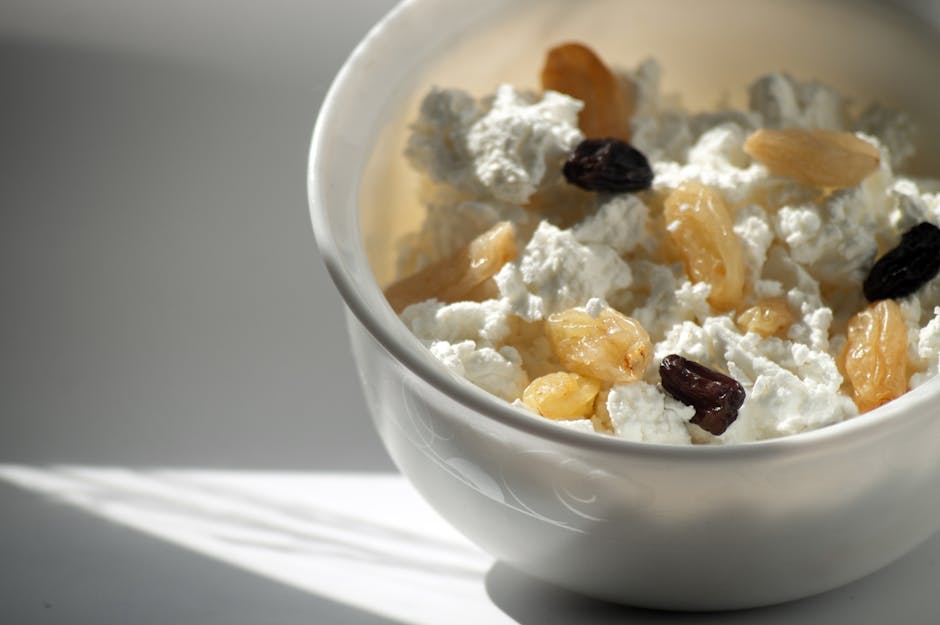Introduction to the Ray Peat Diet
The Ray Peat diet, a nutritional approach championed by the late biochemist Ray Peat, diverges significantly from mainstream dietary advice. It emphasizes the consumption of specific foods believed to promote optimal metabolic function and overall health. While gaining popularity among certain circles, it remains controversial and requires careful consideration before adoption. This comprehensive guide will explore the core principles, purported benefits, potential risks, and crucial considerations related to the Ray Peat diet.
Core Principles of the Ray Peat Diet
The Ray Peat diet isn’t defined by rigid calorie counting or macronutrient ratios. Instead, it centers on the consumption of foods deemed to optimize cellular function. These principles include:

Emphasis on Simple Carbohydrates:
Unlike many modern diets, the Ray Peat diet prioritizes simple carbohydrates like sugar, honey, and fruit. Peat argued these readily available energy sources are crucial for optimal thyroid function and cellular energy production. He believed that complex carbohydrates can be problematic for metabolic health and proposed they are less efficiently digested and utilized by the body.
High-Calorie Intake:
Rather than calorie restriction, Peat advocated for a relatively high-calorie intake. He believed that sufficient caloric intake supports optimal hormonal balance and metabolic processes. The specific caloric intake is personalized and should be adjusted according to individual needs and metabolic rate.
Prioritizing Specific Foods:
The diet emphasizes specific foods, including:

- Sweet potatoes: A source of easily digestible carbohydrates and nutrients.
- Pasture-raised beef liver: Rich in essential vitamins and minerals.
- Coconut oil: A source of medium-chain triglycerides.
- Raw milk: Considered a complete food source.
- Sea salt: An important electrolyte.
- Papaya: Rich in enzymes and nutrients.
- Bananas: A convenient source of potassium and carbohydrates.
These foods are chosen for their purported metabolic benefits and nutritional density.
Minimizing Certain Foods:
The Ray Peat diet recommends minimizing or avoiding the following:
- Processed foods: Including packaged snacks, fast food, and commercially baked goods.
- Polyunsaturated fatty acids (PUFAs): Found in many vegetable oils like soybean oil and corn oil, these are considered inflammatory by Peat.
- Excessive protein: Peat suggested a moderate protein intake, arguing excessive protein can stress the liver and kidneys.
- Coffee: Peat believed coffee could have negative effects on thyroid hormone production.
- Soy products: Believed to potentially disrupt hormonal balance.
Purported Benefits of the Ray Peat Diet
Proponents of the Ray Peat diet claim a variety of benefits, including:
- Improved energy levels: The focus on simple carbohydrates is intended to provide readily available energy.
- Enhanced thyroid function: Peat believed his diet supports optimal thyroid hormone production.
- Reduced inflammation: The avoidance of PUFAs is intended to minimize inflammatory responses.
- Weight management: While not a primary goal, some proponents report weight stabilization or even loss.
- Improved skin health: Attributed to improved metabolic function and reduced inflammation.
It’s crucial to note that these benefits are largely based on anecdotal evidence and testimonials. Rigorous scientific research supporting these claims is lacking.
Potential Risks and Considerations of the Ray Peat Diet
The Ray Peat diet’s divergence from conventional dietary guidelines raises several concerns:
High Sugar Intake:
The high intake of simple sugars can increase the risk of blood sugar imbalances and potentially contribute to insulin resistance in susceptible individuals. Those with diabetes or prediabetes should exercise extreme caution.

Nutrient Deficiencies:
The highly restrictive nature of the diet, particularly the avoidance of certain food groups, could potentially lead to nutrient deficiencies if not carefully monitored. Supplementation might be necessary.
Lack of Scientific Evidence:
The claims supporting the diet’s benefits largely lack rigorous scientific backing. More research is needed to validate these purported advantages.
Potential for Adverse Reactions:
Individual responses to the diet can vary widely. Some individuals may experience negative side effects, including digestive issues, headaches, or mood swings.
Unsustainability:
The diet’s restrictive nature and emphasis on specific foods can make long-term adherence challenging for many.
Conclusion: Is the Ray Peat Diet Right for You?
The Ray Peat diet presents a unique and controversial approach to nutrition. While proponents claim numerous benefits, it’s crucial to acknowledge the lack of robust scientific evidence and the potential risks. Before considering the Ray Peat diet, it’s essential to consult with a healthcare professional or registered dietitian. They can assess your individual health needs and help determine whether this dietary approach is appropriate and safe for you. The decision to adopt this diet should be made in consultation with a medical expert, considering your individual health status and potential risks.
Further Research and Resources
For those interested in exploring the Ray Peat diet further, it’s recommended to consult reputable sources and scientific literature. However, always prioritize advice from qualified healthcare professionals over online information.

